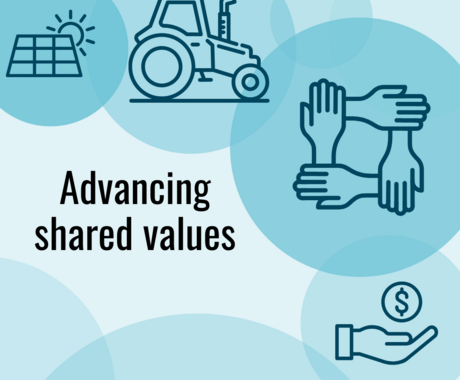In 2019, the U.S. reached a landmark in its wind energy capacity when 100 gigawatts — or enough to provide electricity for about 32 million homes — were produced, according to a report from the American Wind Energy Association.
Reaching that milestone came after the industry experienced significant expansion. Wind energy made up about 30 percent of all new utility-scale generating capacity from 2008 to 2019, making it the top source of renewable electricity in the country.
Besides providing clean and renewable electricity to consumers, wind development has delivered a range of benefits to communities across the country, especially in rural areas where most projects are located. Projects generated new tax revenue, with an estimated $912 million paid to local and state entities. The revenue was especially helpful for rural counties, where it offered relief for local taxpayers while funding essential services.
Additionally, landowners who hosted turbines received payments of $706 million annually. The payments were another source of income for farm and ranch families, and provided some certainty in the face of volatile agriculture markets.
The industry was also an economic driver in terms of job creation. About 120,000 people were employed by the wind industry in 2019. This includes technicians and operations, as well as manufacturing jobs at nearly 530 facilities across the country. In total, these facilities employed more than 26,000 last year.
While wind energy has experienced substantial growth, there are still real challenges to fully capturing its potential. COVID-19 has created disruption to supply chains and slowed the development of new projects.
Additionally, the siting of wind projects can often be hindered by overly restrictive regulations, limiting the locations for proposed projects. To fully capture the benefits of wind energy, it’s key that developers work with communities and landowners to identify best practices and mitigate impacts.
Despite challenges, the wind industry is on track to continue creating new economic opportunities for rural America.
Policy





